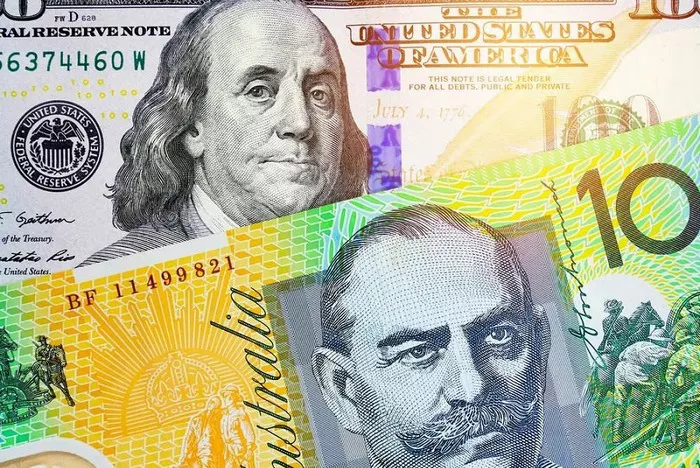The Australian dollar (AUD) remained on a downward trend on Wednesday after Australia’s December quarter inflation slowed more than expected. This has traders considering the possibility of as many as two interest rate cuts by the Reserve Bank of Australia (RBA) throughout the year. General risk aversion added further downward pressure on AUD/USD as market participants remained cautious amid rising tensions in the Middle East.
Australia’s consumer price index (CPI) rose 3.4% year-on-year in December, down from 4.3% in November and the 3.7% expected. The RBA’s deflated average consumer price index (year-on-year) was 4.2% in the fourth quarter, down from 5.2% previously reported and below expectations of 4.3%. Meanwhile, the consumer price index (quarter-on-quarter) was 0.6%, below expectations of 0.8% and significantly below the previous reading of 1.2%.
The Reserve Bank of Australia’s inflation target range is 2.0% to 3.0%. While current figures are outside that target range, they are a significant improvement from CPI which peaked at nearly 8.0%. The RBA’s policy meeting is scheduled for February 5 and 6, with a rate decision widely expected to leave rates unchanged.
The monthly non-manufacturing Purchasing Managers’ Index (PMI) released by the China Federation of Logistics and Purchasing (CFLP) showed that the performance of China’s service industry improved in January. The index was at 50.7, slightly above expectations of 50.6. Meanwhile, the manufacturing PMI also improved, reaching 49.2, in line with expectations and up from the previous reading of 49. Given that Australia and China are close trading partners, improvement in these data could help limit the Australian dollar’s losses.
The U.S. Dollar Index (DXY) faces challenges due to depressed U.S. Treasury yields. U.S. President Joe Biden’s administration is expected to authorize military strikes in response to recent drone attacks on U.S. outposts in Jordan. Investors will focus on Wednesday’s U.S. ADP employment change ahead of U.S. non-farm payrolls data later this week.
The Federal Open Market Committee (FOMC) is widely expected to keep interest rates at a range of 5.25-5.50% for the fourth consecutive time at its meeting on Wednesday. At the Federal Reserve’s (Fed) meeting in December, officials expected three rate cuts in 2024. Investors are eagerly awaiting signals from Federal Reserve Chairman Jerome Powell. The interest rate swap market is witnessing a gradual build-up in rate cut expectations, with CME’s FedWatch tool showing a 43% chance of a first rate cut by the Fed in March. By contrast, back in December, swaps markets initially suggested a greater than 80% chance of a rate cut in March. Additionally, there is a 53% chance of a 25 basis point rate cut in May.


